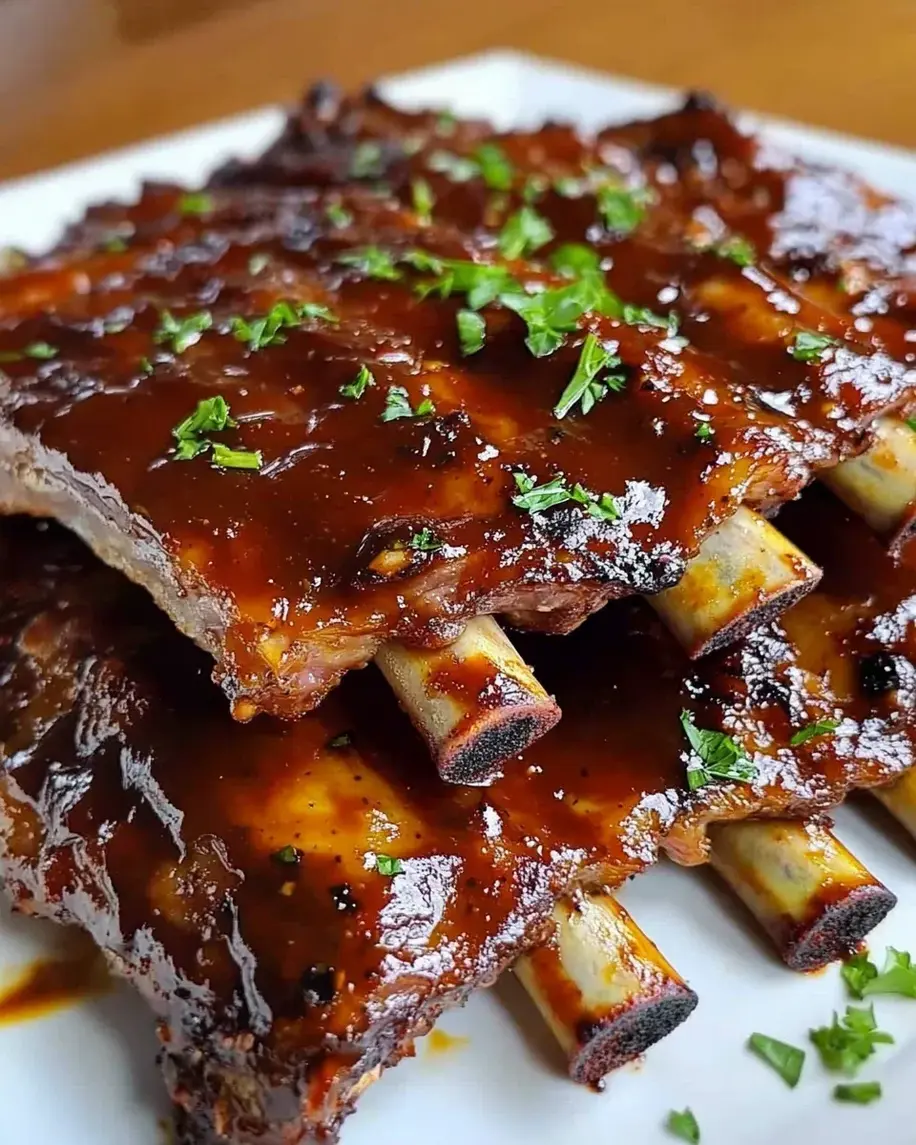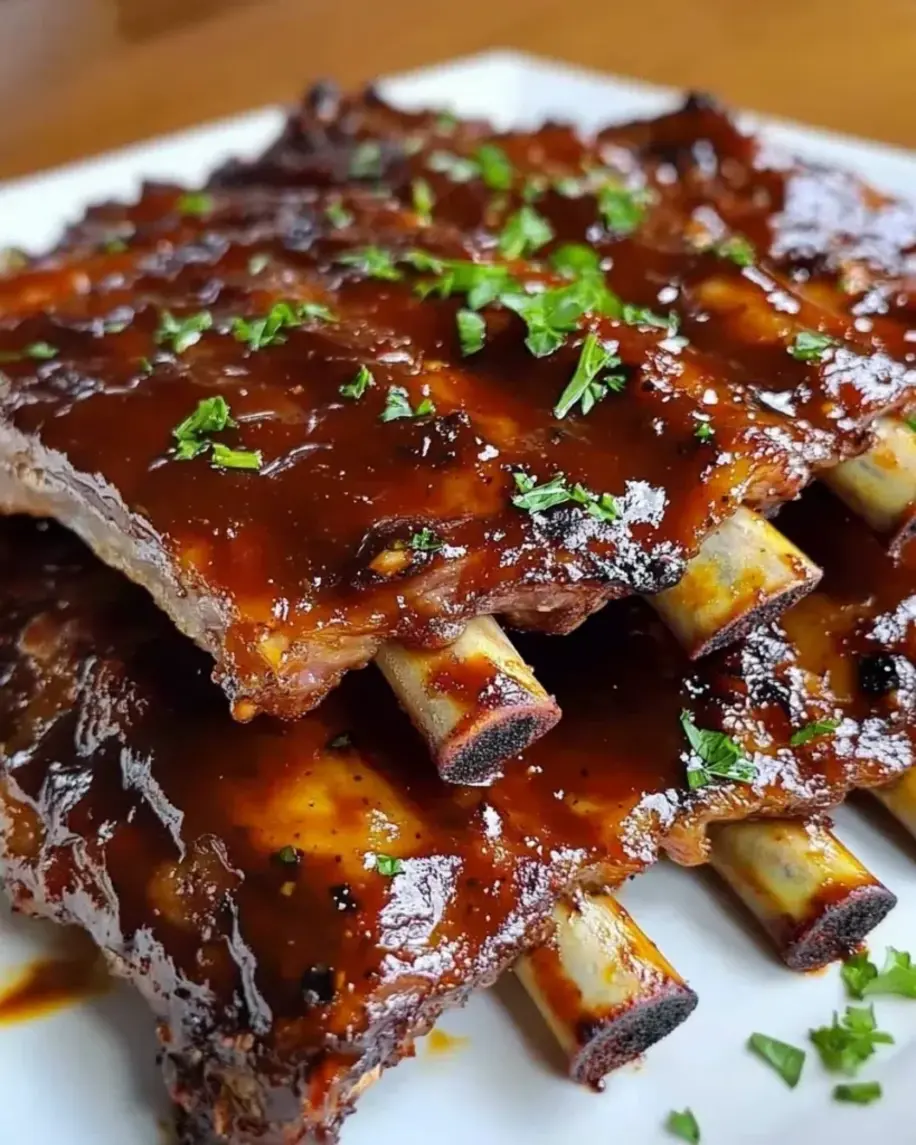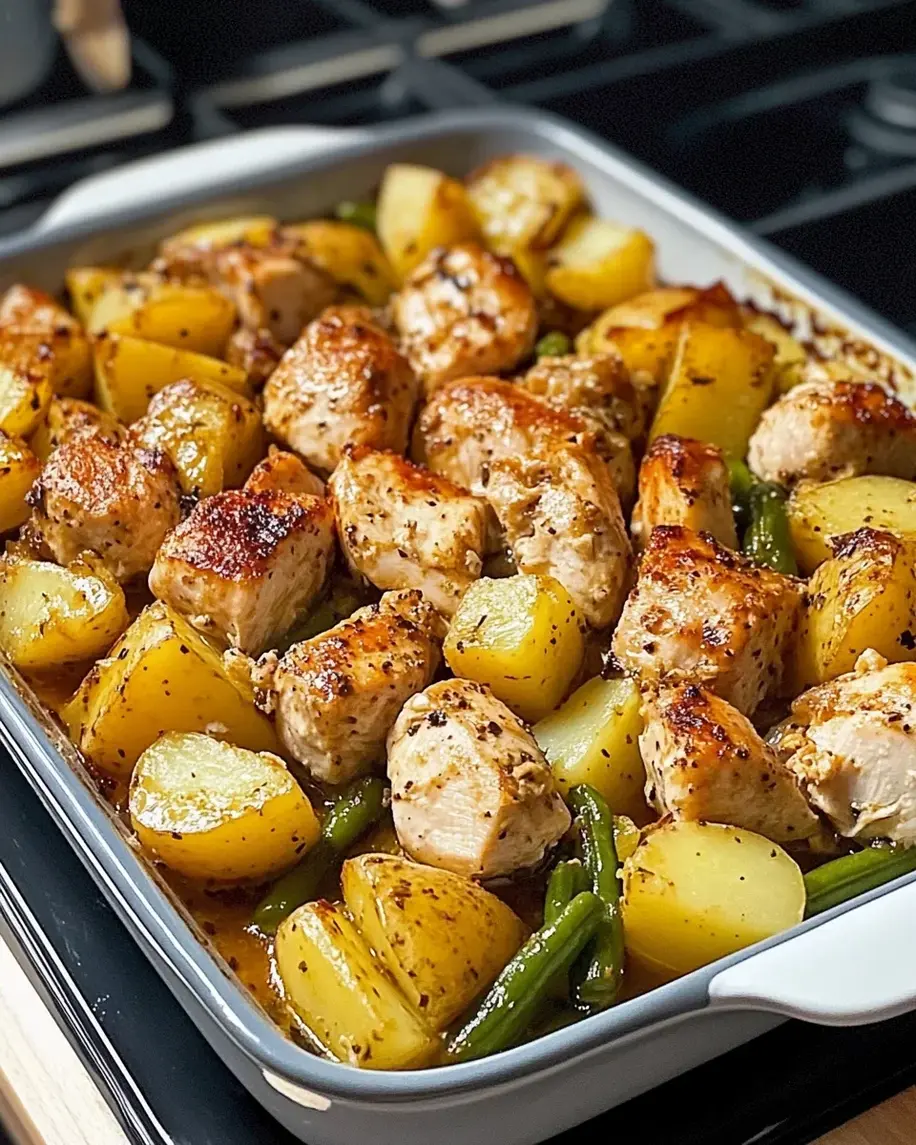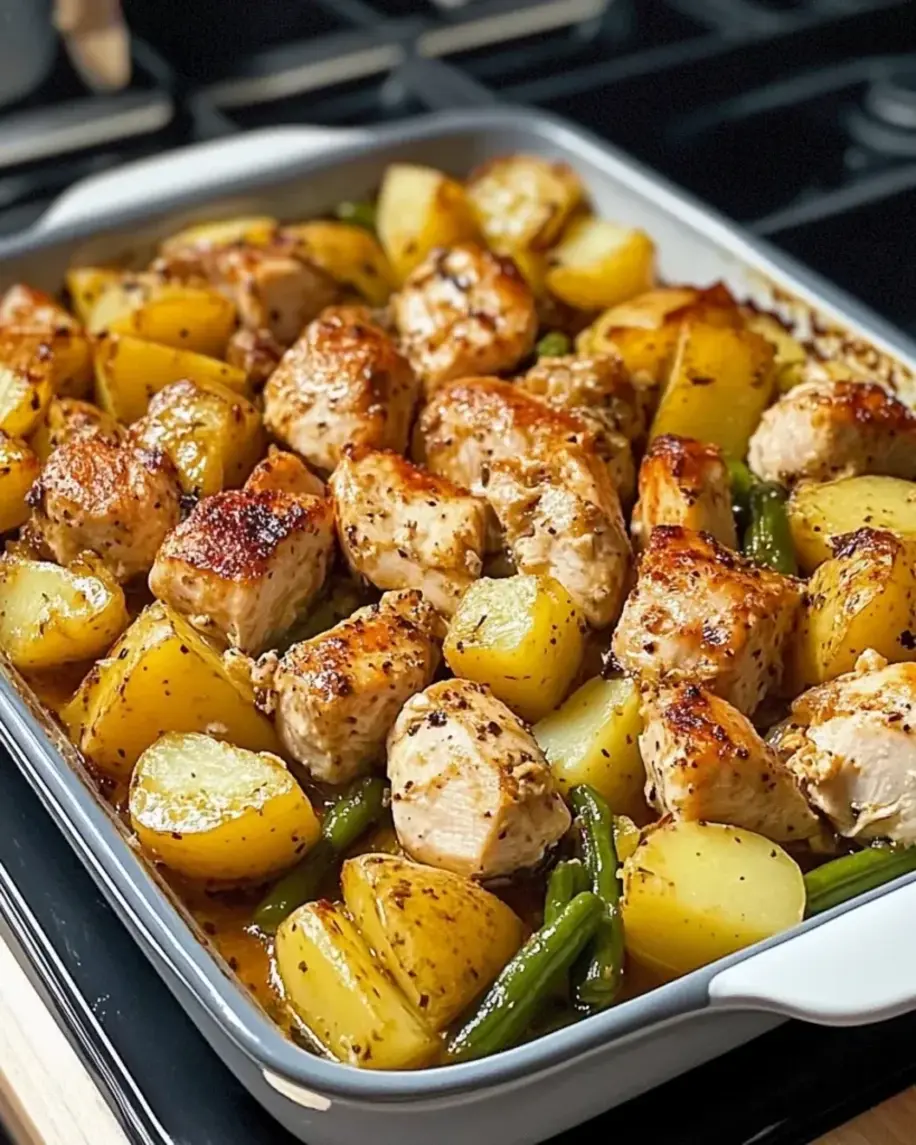“`html
Table of Contents
Luxurious Lobster Bisque Recipe – Creamy, Rich, and Indulgent!
There’s something truly special about a steaming bowl of lobster bisque, isn’t there? The rich, velvety texture, the delicate sweetness of lobster, and that touch of indulgence make it perfect for special family occasions or when you simply want to treat yourself. Whether you’re celebrating a milestone or hosting an elegant dinner, this creamy lobster bisque is sure to impress!
Did you know that only 15% of people make lobster bisque at home regularly, despite its popularity? This statistic often stems from the perception that it’s too complicated or time-consuming. However, with the right recipe and a few simple techniques, you can create a restaurant-quality lobster bisque that’s surprisingly achievable. This recipe breaks down the process into manageable steps, ensuring a decadent outcome every time. Get ready to elevate your home dining experience with this luxurious, creamy lobster bisque – you might just become part of the 15%!
Ingredients
Primary Ingredients
- 2 whole lobsters (about 1 ½ to 2 lbs each), preferably fresh, for the most vibrant flavor. You can also use pre-cooked lobster meat, but the shells are crucial for a deep broth.
- 2 tablespoons unsalted butter, the foundation of our flavor, for sautéing.
- 1 cup mirepoix (equal parts finely diced onion, celery, and carrot), the aromatic backbone of any great soup.
Aromatics and Flavor Builders
- 2 cloves garlic, minced, adding a pungent depth.
- 1/4 cup brandy or dry sherry, optional but highly recommended for its complex flavor notes that complement the lobster.
- 1 (28-ounce) can crushed tomatoes, for richness and a subtle sweetness.
- 6 cups seafood stock or fish broth, the liquid soul of our bisque. Use the best quality you can find or make your own!
- 1 bay leaf, for a subtle herbaceous aroma.
- 1/4 teaspoon dried thyme, a classic pairing with seafood.
- Salt and freshly ground black pepper, to taste, essential for bringing all the flavors together.
Dairy and Enrichment
- 1.5 cups heavy cream, this is where the luxurious creaminess comes from. Don’t skimp here for the ultimate indulgence!
- 2 tablespoons all-purpose flour (optional, for thickening), if you prefer a thicker bisque.
Seasoning and Garnish
- Fresh chives or parsley, chopped, for a vibrant burst of freshness and color.
- Crab meat or extra lobster meat (optional), for an even more decadent serving.
Timing
Compared to an average bisque recipe which often clocks in around 1 hour 30 minutes total, this luxurious version requires a bit more time, primarily due to preparing the fresh lobsters and allowing for a richer simmer. However, the extra 15 minutes are well worth the depth of flavor and truly indulgent texture.

Step-by-Step Instructions
Step 1: Prepare the Lobster
If using live lobsters, humanely dispatch them first (check local guidelines). Separate the tails, claws, and bodies. Crack the claws to get to the succulent meat inside. Reserve all the shells. If using pre-cooked lobster meat, extract it from the shells and set aside. Coarsely chop the lobster shells.
Step 2: Build the Flavor Base
In a large, heavy-bottomed pot or Dutch oven, melt the butter over medium heat. Add the chopped lobster shells and cook, stirring occasionally, until they turn bright red and fragrant, about 5-7 minutes. This step is crucial for extracting maximum flavor from the shells.
Add the mirepoix (onion, celery, carrot) and minced garlic to the pot. Cook, stirring, until the vegetables are softened and slightly caramelized, about 8-10 minutes. Don’t rush this; it builds the foundation of savory goodness.
If using brandy or sherry, carefully pour it into the pot and scrape up any browned bits from the bottom. Let it simmer for a minute or two until the alcohol smell dissipates and the liquid has reduced slightly. This deglazing process adds immense depth.
Step 3: Simmer and Strain
Stir in the crushed tomatoes, seafood stock, bay leaf, and thyme. Bring the mixture to a simmer, then reduce the heat to low, cover, and let it cook gently for at least 45 minutes to allow the flavors to meld and deepen. The longer it simmers, the richer the broth.
Carefully strain the broth through a fine-mesh sieve into a clean pot or bowl. Press down on the solids to extract as much liquid as possible. Discard the shells and cooked vegetables. For an even smoother bisque, you can strain it a second time.
Step 4: Enrich and Finish
Return the strained broth to the pot over medium heat. If you prefer a thicker bisque, whisk the flour with a little of the cold heavy cream to create a smooth slurry, then slowly whisk this into the simmering broth. Cook, stirring, until thickened.
Gradually whisk in the remaining heavy cream. Bring the bisque back to a gentle simmer, but do not boil. Stir in the reserved lobster meat (if using). Season generously with salt and freshly ground black pepper to taste. Adjust seasonings as needed. The goal is a perfectly balanced, rich, and slightly sweet flavor.
Step 5: Serve Your Bisque
Ladle the hot, creamy lobster bisque into warm bowls. Garnish with fresh chopped chives or parsley, and an extra piece of lobster or crab meat if desired. Serve immediately and savor every luxurious spoonful!
Nutritional Information
Nutritional information is an estimate and can vary based on ingredients and portion sizes. This estimate is for a standard serving (approximately 1.5 cups) and does not include additional garnishes like extra lobster meat.
- Calories: 450-550 kcal
- Protein: 20-25g
- Fat: 30-40g (Saturated Fat: 18-25g)
- Carbohydrates: 10-15g
- Sodium: 600-800mg
Healthier Alternatives
While “healthier” is relative for a decadent bisque, you can lighten it up without sacrificing too much flavor:
- Reduce Cream: Substitute half of the heavy cream with half-and-half or even whole milk. Whisk in a tablespoon of cornstarch slurry at the end to help maintain thickness.
- Thickeners: Instead of a flour roux, use a cornstarch slurry or simply rely on longer simmering to reduce the broth slightly.
- Lower Sodium Stock: Opt for low-sodium seafood stock and adjust salt to taste.
- Leaner Proteins: While lobster is the star, consider adding cooked shrimp or scallops for a slightly different profile if portioned moderately.
Serving Suggestions
Lobster bisque is a luxurious starter that shines on its own. However, it also pairs beautifully with:
- Crusty Bread: Perfect for dipping up every last drop of that rich broth.
- A Simple Green Salad: A light, dressed salad provides a refreshing contrast to the richness.
- Grilled Cheese Sandwiches: For a comforting and indulgent pairing.
- Small appetizer portions for elegant dinner parties.
Common Mistakes to Avoid
- Not roasting the lobster shells: Skipping this step significantly reduces the depth of flavor in your broth.
- Boiling the cream: Overheating the cream can cause it to curdle or separate. Gentle simmering is key.
- Undersalted Bisque: Lobster is naturally sweet, so it needs adequate salt to balance the flavors and make them pop. Taste and adjust!
- Over-thickening: Too much flour or cornstarch can result in a gloopy texture, rather than a velvety one.
Storing Your Bisque
Once cooled, store leftover lobster bisque in an airtight container in the refrigerator for up to 3 days. The flavors often meld and improve overnight. Reheat gently on the stovetop over low heat, stirring occasionally, until heated through. Do not boil.

Frequently Asked Questions
Can I make lobster bisque without whole lobsters?
Yes, you can, but the depth of flavor won’t be as intense. You can use pre-cooked lobster meat and focus on building a rich, flavorful base with good quality seafood stock. However, the shells are key for authentic flavor.
How do I make lobster bisque smoother?
For an extra smooth bisque, you can purée the strained liquid (after removing the shells and vegetables) with an immersion blender or in a regular blender before adding the cream. Strain one more time after puréeing for ultimate silkiness.
Can I freeze lobster bisque?
It’s generally not recommended to freeze lobster bisque made with dairy, as the cream can separate and become grainy upon thawing. If you must freeze it, do so without the cream, and then stir in fresh cream when reheating.
What kind of stock is best for lobster bisque?
Seafood stock is ideal. You can also use fish stock or even a good quality chicken stock in a pinch, but seafood stock will provide the most authentic and complementary flavor profile. Making your own from fish bones or lobster shells is also a fantastic option.
Ready to impress your guests or treat yourself to something truly special? This Luxurious Lobster Bisque recipe is your ticket to a memorable culinary experience. Don’t forget to share your creations and tag us!

Luxurious Lobster Bisque Recipe – Creamy, Rich, and Indulgent!
Description
There’s something truly special about a steaming bowl oflobster bisque, isn’t there? The rich, velvety texture, the delicate sweetness of lobster, and that touch of indulgence make it perfect for special family occasions or when you simply want to treat yourself. Whether you’re celebrating a milestone or hosting an elegant dinner, thiscreamy lobster bisqueis sure to impress!
Ingredients
- 1lb lobster meat, cooked and chopped
- 2 tbspbutter, for sautéing
- 1small onion, finely chopped
- 2cloves garlic, minced
- 1/4 cuptomato paste, for depth of flavor
- 1/4 cupall-purpose flour, to thicken the bisque
- 2 cupsseafood stock, for a rich seafood base
- 1 cupheavy cream, for luxurious creaminess
- 1/2 cupwhite wine, to enhance the flavor
- Salt and pepper to taste, for seasoning
- Fresh chives, chopped for garnish
- Large pot
- Immersion blender (or regular blender)
- Whisk
- Ladle
- Chopping board and knife
Instructions
- Sauté the aromatics:In a large pot, melt the butter over medium heat.Add the chopped onion and minced garlic, cooking until softened and fragrant.
- In a large pot, melt the butter over medium heat.
- Add the chopped onion and minced garlic, cooking until softened and fragrant.
- Build the base:Stir in the tomato paste and flour, cooking for about a minute to develop flavor.Gradually whisk in the seafood stock and white wine, allowing it to simmer for 10 minutes.
- Stir in the tomato paste and flour, cooking for about a minute to develop flavor.
- Gradually whisk in the seafood stock and white wine, allowing it to simmer for 10 minutes.
- Blend to perfection:Use an immersion blender to blend the mixture until smooth and creamy.If using a regular blender, carefully transfer the mixture, blend, and return to the pot.
- Use an immersion blender to blend the mixture until smooth and creamy.
- If using a regular blender, carefully transfer the mixture, blend, and return to the pot.
- Add the cream and lobster:Stir in the heavy cream and the chopped lobster meat.Season with salt and pepper to taste, then simmer gently for another 5 minutes.
- Stir in the heavy cream and the chopped lobster meat.
- Season with salt and pepper to taste, then simmer gently for another 5 minutes.
- Serve and enjoy:Ladle the bisque into bowls, garnish with fresh chives, and enjoy warm!
- Ladle the bisque into bowls, garnish with fresh chives, and enjoy warm!
Notes
For an extra depth of flavor, consider roasting the lobster shells and simmering them in the seafood stock before using.
If you prefer a thicker bisque, add an extra tablespoon of flour during the roux-making step.
Want a touch of spice? Add a pinch of cayenne pepper or a splash of hot sauce for a little kick.
For a lighter version, substitute half of the heavy cream with milk or a dairy-free alternative.
Serve the bisque in bread bowls for a fun and hearty presentation.
Leftover bisque can be used as a sauce for pasta or risotto for a second delicious meal.
Nutrition
- Calories: 300 kcal
- Sugar: 3g
- Fat: 18g
- Carbohydrates: 15g
- Protein: 20g
“`












